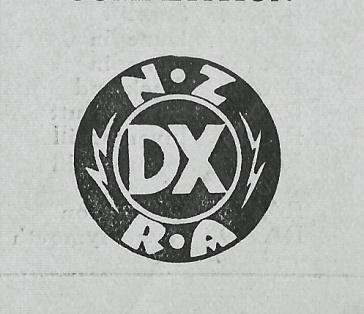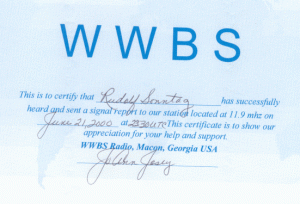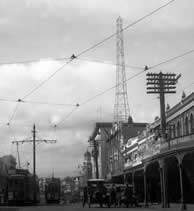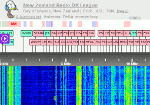BROADCAST BAND LOG.
From the New Zealand Herald, Volume LXVIII, Issue 20938, 30 July 1931, Page 15.
SIXTEEN AMERICAN STATIONS — FOUR-VALVE BATTERY SET USED.
With reference to DX loggings Mr. S. Beard, of 239, Great North Road, Grey Lynn, writes as follows:-
I was particularly interested in the radio notes published on July 16, especially the log submitted by Mr. A. Satchell, of Northcote, which he states was received on an eight-valve set. My aerial is 80ft. in length and 40ft. high. I am using a locally-built four-valve battery set (no screen grid) and my log for four months comprises the following American stations:— “KGO, KFI, KPO, KNX, KFAR, California; WTAM, WLW, Ohio; KMOX, St. Louis, Missouri; WABC, New York City; KVCO, Tulsa, Oklahoma; WHDH, Boston, Massachusetts; WFAA, WOAI, Texas, WENR, Chicago, Illinois; KJR, Seattle, Washington; and KZRM, Manila, Philippine Islands.






